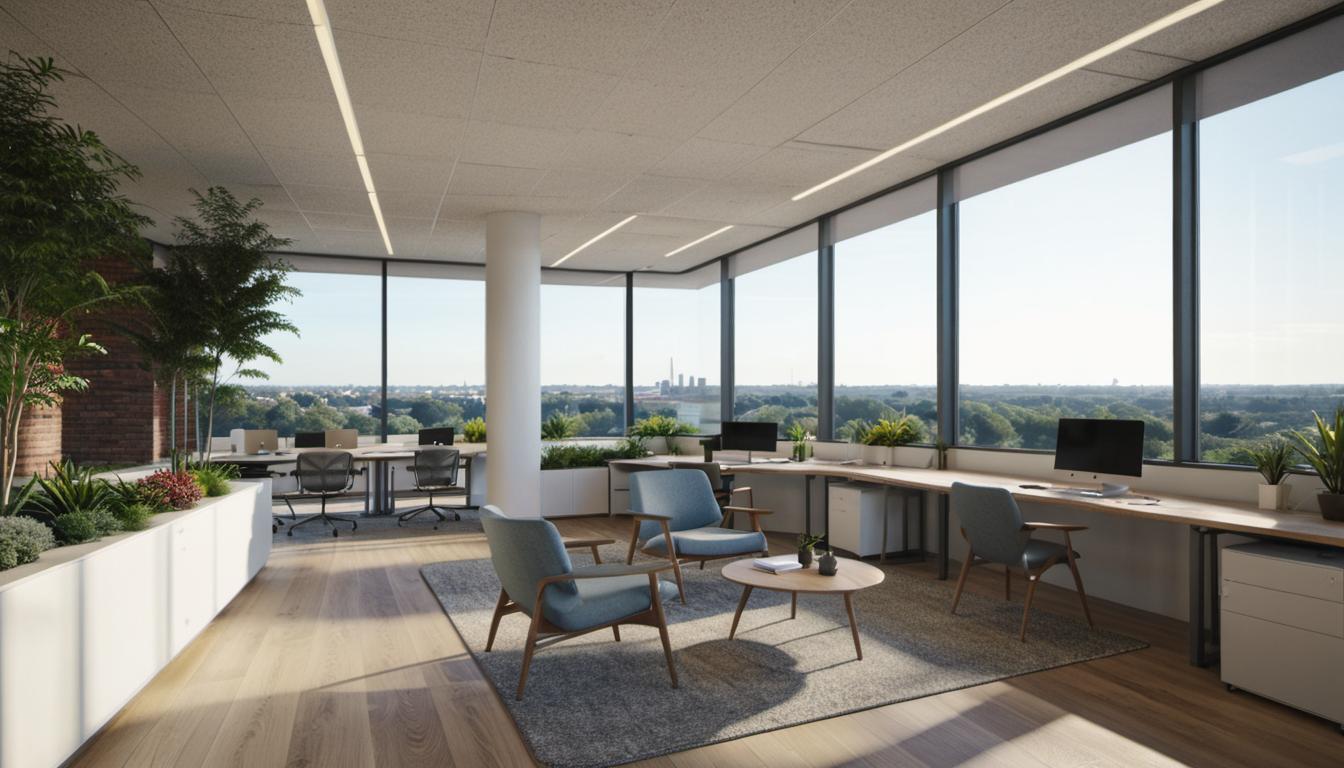Introduction: Importance of Real Estate Renderings
In the highly visual business of real estate, project renderings play a crucial role. These digitally crafted images transport potential buyers into the heart of properties, making them more captivating for prospective purchasers. From staging empty homes with virtual furniture to sharing plans for yet-to-be-started developments, real estate renderings prove invaluable.
Types of Real Estate Renderings
When talking about project renderings, there are two main types: 2D and 3D. While 2D renderings may feature sketches or diagrams with measurements or scaled interiors, 3D renderings offer life-like, three-dimensional images that show every feature in detail. These visual tools are adept at delivering an immersive experience, bringing potential developments and property transformations to life.
Emotional Impact of Real Estate Renderings
Home buying is not solely a financial decision; it often also involves a strong emotional aspect. It’s where life will happen, memories will be made, and peace found. Quality renderings, especially those in 3D, invoke such emotions by allowing potential buyers to visualize themselves in the premises. Through this connection, renderings significantly increase the potential of sales.
Role of Floor Plan Renderings
Whether it’s a commercial or a residential site, showcasing the layout is vital for prospective buyers. Floor plan renderings bring 2D building layouts to life, outlining everything from furniture placement to locations of doors and windows. These renderings offer clients a bird’s eye view of the property, providing a clear understanding of the property’s layout.
Benefits of Interior and Exterior Renderings
Interior and exterior renderings are not just about aesthetics. They serve as a digital showcase of the property’s potentials. Interior renderings depict furnished rooms, stylish decors, and smart space planning. On the other hand, exterior renderings capture the property’s curb appeal, structural design, or future developments. Both types contribute to making the property more enticing to potential buyers.
Crafting Real Estate Renderings
There are several approaches to creating real estate renderings, including outsourcing and using CAD software or other 3D rendering software. Each method carries its benefits and drawbacks. Outsourcing, for instance, may sometimes lead to increased costs, especially when revisions are necessary. In-house creation using software demands technical expertise and software mastery, adding to expenditures and requiring time investment.
3D Rendering Services: A Powerful Marketing Tool
Delivering immersive experiences, 3D rendering services have proven a valuable marketing tool, aiding in raising interest, leading to potential sales or rentals. As 3D renderings provide vivid property visuals such as VR tours, floor plans, or exterior and interior presentations, they aid real estate professionals in presenting properties at their best and accelerate decision-making.
Benefits of 3D Rendering in Real Estate
3D rendering comes with a host of benefits for real estate agencies. This technology allows properties to be sold ‘off the plan,’ bringing to life developments yet to be started. They enhance adverts, engage potential buyers, and provide a superior understanding of properties. Furthermore, 3D renderings are versatile marketing assets that can be used across various marketing channels, from interactive website listings to vibrant digital ads, significantly boosting marketing efforts.
Role of CGI Technology in Real Estate
CGI technology has brought convenience and versatility to real estate marketing. Offering near-real visualizations of renovated homes or new developments, CGI makes property listings more engaging to potential clients. Whether it’s creation of 3D models for a renovation project or conceptualizing a new home design, the range of possibilities with CGI is broad, making it a highly sought-after resource in the real estate industry.
Frequently Asked Questions
Why are real estate renderings important for property sales? Real estate renderings are powerful marketing assets that make properties more appealing and relatable for potential buyers, significantly improving overall marketing efforts and increasing sales probabilities.
What are the types of real estate renderings? Two main types of real estate renderings exist: 2D and 3D. Both offer unique ways of graphically staging properties or illustrating potential developments.
What is the advantage of using 3D rendering in real estate? Among many benefits, one key advantage of 3D rendering is its ability to allow necessary changes to be made before construction begins, saving time, effort, and often, substantial financial resources.
How can 3D rendering services aid the selling process in real estate? The immersive visual experiences that 3D rendering services provide can significantly enhance property presentations, leading to increased interest from potential buyers and renters, which bolsters sales.
How does CGI technology impact real estate marketing? CGI technology revolutionizes how properties are portrayed. It assists in listing properties quicker, enhances marketing campaigns, and creates personalized property experiences, which significantly boosts customer engagement.






